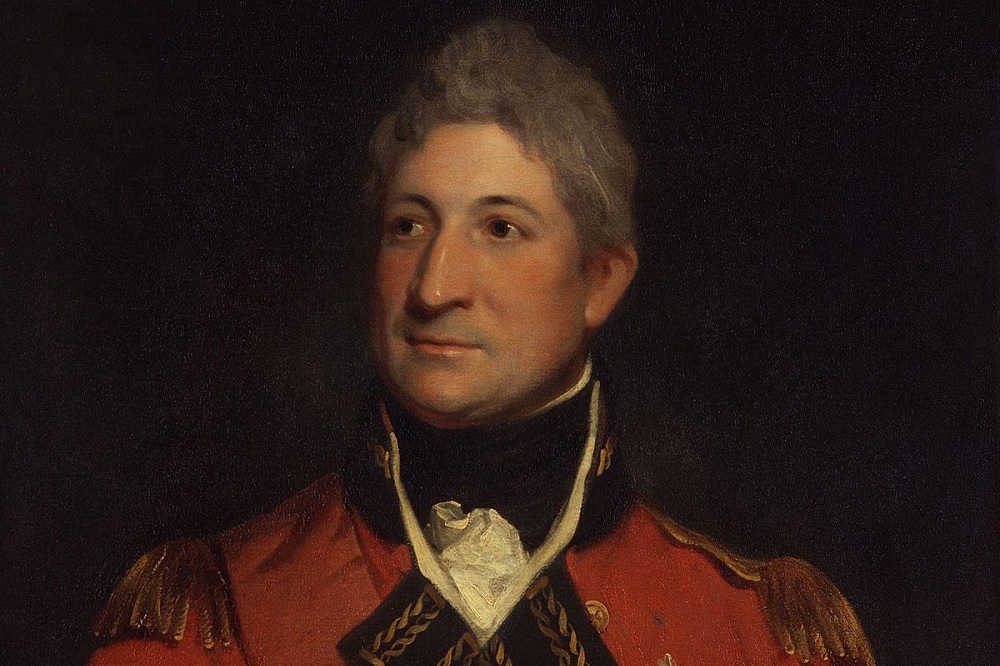Removing monuments to slavers must go hand in hand with teaching their history at schools

Keith Darlington
On 6th July, Mark Drakeford ordered an urgent review of statues and street names to address Wales’ connections with slave trade.
The review will include a review of the names of buildings, street names, and statues, of those whose names are connected to the slave trade.
The Welsh Government said that the announcement followed a month of action by the Black Lives Matter movement, which had shone a light on racial inequalities around the world.
However, at the same time, the Welsh Government have been reluctant to heed calls to make BAME history a mandatory part of the new Welsh curriculum.
As I argue in this article, the Welsh Government’s review has to think beyond simply removing statues and renaming streets by reappraising the content of the school curriculum.
Slavery
The most prominent of the problematic figures currently celebrated in Wales was a man named Thomas Picton. There are many towns, street names, schools, buildings, and public houses named after this man – all around the world.
They commemorate his military skills and heroics during the battle of Waterloo and Napoleonic wars. He is the only Welshman to be buried in St Pauls Cathedral and has two statues erected in his name in Wales. One in the capital city, Cardiff, the other, a large obelisk, near the centre of Carmarthen.
Picton was born in Haverfordwest but left Wales at a young age to pursue a military career. His military skills were praised after landing a garrison of soldiers in Trinidad that defeated the Spanish colonialists in 1797.
The Spanish were in control of the island at the time. Shortly after his success in this battle, he became governor. At that time, half the population of Trinidad were slaves of African descent, and Picton soon became known for his brutality and harsh treatment of the slaves.
He was himself a slave owner on the island and increased their work time and meted out harsh punishment including the death penalty, beatings, and even torture. Picton’s conduct on the island concerned the British government when they realized that he was alleged to have authorised the torturing a 14-year-old girl – an illegal offence in the British colonies. After six years as governor, he returned to Wales and was charged with this offence. However, after a retrial in 1808, he was acquitted because his defence lawyers claimed that he was acting under Spanish law.
He returned from Trinidad a wealthy man and soon purchased a large mansion very close to Carmarthen – where he planned to live after retirement. After the conclusion of his retrial, he resumed military service fighting in the Napoleonic wars – and was highly praised for his military skills.
So much so that Wellington said of him: “I found him a rough foul-mouthed devil as ever lived, but he always behaved extremely well; no man could do better in different services I assigned to him.” He was the highest-ranking officer to be killed at Waterloo.
Picton’s Legacy
Picton was an important figure in Welsh history and should clearly be recognised as such.
But while he may have been a hero in his own time that veneration sits uneasily with many people today. Given the strength of feelings against those associated with slavery and colonialism, many believe the time has come to move such statues to places where they become more acceptable.
There have been many calls to re-assess the role of Picton’s monuments including the Lord Mayor of Cardiff, Dan De’Ath, and even one of Picton’s distant relatives believes his statue should be removed.
We should of course not try to airbrush these people out of Wales’ history because they are part of it – whether we like it or not. We need to learn from it, rather than hide it. However, they should be remembered in the right historical context. Perhaps moving them to a museum where they can be better described understood in terms of their historical impact on our lives today.
For those that say that they want access to important information about historical figures in their towns there is plenty available in libraries, museums, and Web forums.
But what about the other symbols of Picton’s legacy? After all, many streets are named after him in Wales as well as schools and other buildings. It might sound easy to rename them all, but how does that square with the fact that Picton is the only Welshman ever to be buried in St Pauls Cathedral?
Furthermore, there are towns named after Picton in every part of the globe including Canada, Australia, and New Zealand. There are street names in every part of the UK named after him. To obliterate the name of a prominent Welshman in Wales whilst his legacy is visible in the rest of the world makes little sense.
If Wales, like the rest of the world, is to move on then there has to be mutual respect and understanding for each other, And understanding history in its true context can help. As Marcus Garvey, an eminent Jamaican Publisher said: “A people without knowledge of their past history, origin, and culture, is like a tree without roots”.
Many feel that there is inadequate coverage of colonialism on national curriculums across the UK. Therefore, the role of education in taking us forward should become an essential part of this review.
Removing the monuments venerating those who profited from slavery from sight risks removing them from minds too. It should go hand in hand with teaching their real history in schools.
Support our Nation today
For the price of a cup of coffee a month you can help us create an independent, not-for-profit, national news service for the people of Wales, by the people of Wales.





